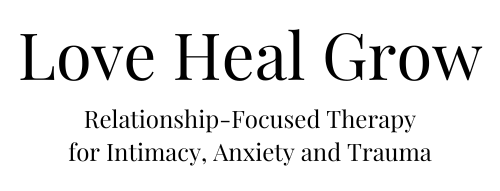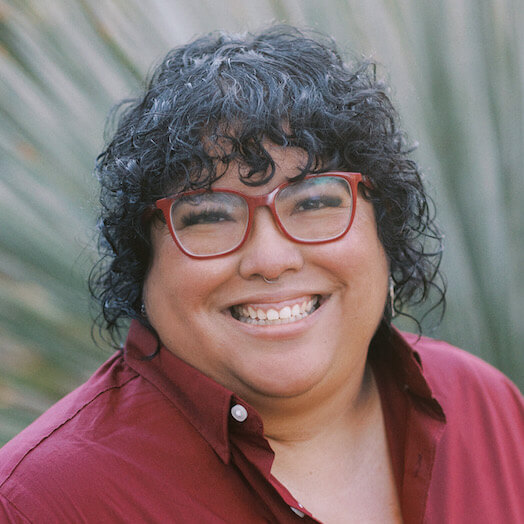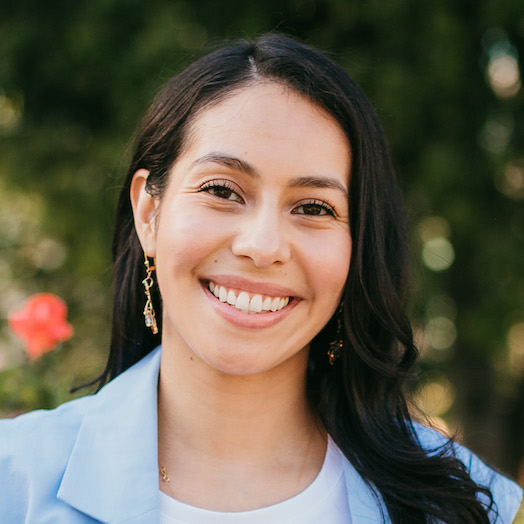
After the past couple of years of continuous mask-mandates, stay-at-home orders, and self-isolation the idea of going back out into the world can be a terrifying thought. As many of the COVID-19 restrictions are lifted and businesses are reinstating in-person work schedules, many people are being forced back into the world before they are ready.
It is no surprise that we are seeing an increased number of people reporting anxiety about leaving the house and re-engaging with society like everything is normal now.
Here, we will address the four main types of anxiety many people are facing because of the effects of the COVID-19 pandemic as well as some tips to help you cope with these feelings of anxiety.
The Four Main Anxieties of the Pandemic
There are many types of anxieties that people can have. Here, we will focus on the four most common anxieties that have increased due to the COVID-19 pandemic.
Anxiety About Leaving the House
This type of anxiety can be a part of an anxiety disorder called agoraphobia. Agoraphobia is often marked by anxiety about at least two of the following situations:
- using public transportation
- being in open spaces
- being in enclosed spaces, like shops or theaters
- being in a crowd or standing in line
- being outside the home alone
When the COVID-19 pandemic first began, the CDC issued guidelines — such as staying 6 ft. apart from others — and many states issued mask-mandates and stay-at-home orders.
Since many of those mandates have been lifted, it is no surprise that many of us can be feeling uncomfortable or anxious about leaving our homes. After spending so long in isolation with just our housemates, going out into the world — into crowds of other people — can be extremely scary.
Social Anxiety
Social anxiety is when a person is worried about others judging or watching them. Whether you had social anxiety before the COVID-19 pandemic and have experienced worsening symptoms or isolation has now made you more self-conscious of what others around you are thinking, it is not surprising that social anxiety has become more prevalent in our society.
Since many of us were unable to see our friends or families in person during the earlier parts of the pandemic, adapting to being around people again might be a real challenge for a lot of people.
Health Anxiety
Even though a lot of the COVID-19 restrictions have been lifted in many states, the pandemic is not over. There are still new cases, and a lot of people may be worried about contracting the virus now that lockdown has been lifted.
Whether you are worried about contracting the virus yourself or having it and passing it on to someone else, feelings of anxiety about contracting the COVID-19 virus or passing it on to someone else have not been alleviated by the lift of pandemic mandates — if anything they may have become more prominent.
Work Anxiety
So many of us have gotten used to working from home over the past couple of years. Now that many of the COVID-19 restrictions are being lifted, many workplaces are asking us to return to in-person work.
This can be extremely stressful for a lot of people — especially if you are worried about taking crowded public transportation or not being able to interact with people in-person anymore. This is why, for a lot of people, the idea of going back to work in person can cause symptoms of anxiety such as headaches, insomnia, feelings of dread, shortness of breath, fatigue, and others.
Now that we have addressed the most common types of anxieties that may have come up or worsened as a result of the COVID-19 pandemic, let’s look into how we can cope with these new anxieties.
Tips for Coping with New Anxieties
Anxiety of any sort can be extremely difficult to cope with — especially if these feelings of anxiety are new to you. Here we have a list of a few tips to help you cope with these feelings of anxiety as we continue to progress through the COVID-19 pandemic and adjust to life post-lockdown.
Be Accepting
The first tip we have is to be gentle with yourself. In a situation where you are feeling anxious, it can be tempting to try and tell yourself to get over it and move on.
Instead of beating yourself up, try accepting the feeling. It is ok to feel anxious about something that is scaring you. We are human, we have complex emotions. Rather than shaming yourself for feeling anxious, say “this is how I am feeling and it is okay to feel this way.”
Accepting a feeling can be much better for getting over that feeling than denying or belittling it.
Take It Slow
One foot in front of the other. Just like walking on a cold, icy day. If you worry about the ice patch three driveways away, chances are you’re gonna slip on the ice patch right under your feet.
This is just a part of life. Yeah, it can be good to have plans in the future for things that you want to achieve or get to, but our everyday life is a much more “one day at a time” type of feeling. Why would handling anxiety be any different? Take it one day at a time.
Make Sure You Are Relying on Credible Sources
This is especially important for anxieties caused by or worsened by the COVID-19 pandemic. It can be difficult to separate the real information from fake information.
Different opinions and misinformed news or other media sources can cause additional anxiety for people concerned about the spread of the virus. To help eliminate the exposure and spread of misinformation, try to use trusted sources like the CDC and World Health Organization (WHO) rather than blog posts or other articles for information about the COVID-19 virus and protection recommendations.
Develop Routines Where You Can
Another thing that many of us humans like is patterns. The human brain is constantly looking for patterns. These can help us to more easily and efficiently process the world around us which makes them a great tool to help handle feelings of anxiety.
Our time in lockdown may have left your normal daily routine disrupted or even completely ruined. But you know the fun thing about routines? You can make new ones! Try creating a new routine that is sustainable with your current schedule. Simple things like a set time for lunch or going to bed may be able to help reduce your symptoms of anxiety by giving you control over your schedule again.
Take the Time to Relax
Even if you feel busier than ever, make sure to take time to relax. This can help relieve stress and unwind from the day. There are many different ways to relax, but here are a few ideas to try out:
- go for a walk in nature
- read a book
- take a warm bath
- practice some yoga or meditation
- write in a journal
- do some art
- listen to music
Share Your Feelings with Others
“Man is by nature a social animal” – Aristotle, Politics
Humans are not naturally solitary creatures, as noted by Aristotle. Whether you remember hearing about this famous Greek philosopher in history class or not, this quote states one of the most important traits of humans in just seven words.
Honestly, we have all had enough isolation during this pandemic. Sharing your feelings with a friend, family member, or mental health professional can help you to work through them.
Speaking to a mental health professional can be incredibly helpful for people struggling with anxiety — whether new or old. We are still experiencing extreme lifestyle changes and daily routine shifts due to the COVID-19 pandemic, even if many of the restrictions have been lifted. It is only natural for us to feel overwhelmed and uncertain about where our futures are going.
But you do not have to process these feelings alone. We are here to help. Schedule an appointment with us at Love Heal Grow and we can help you find new ways to navigate this uncertain time.
























